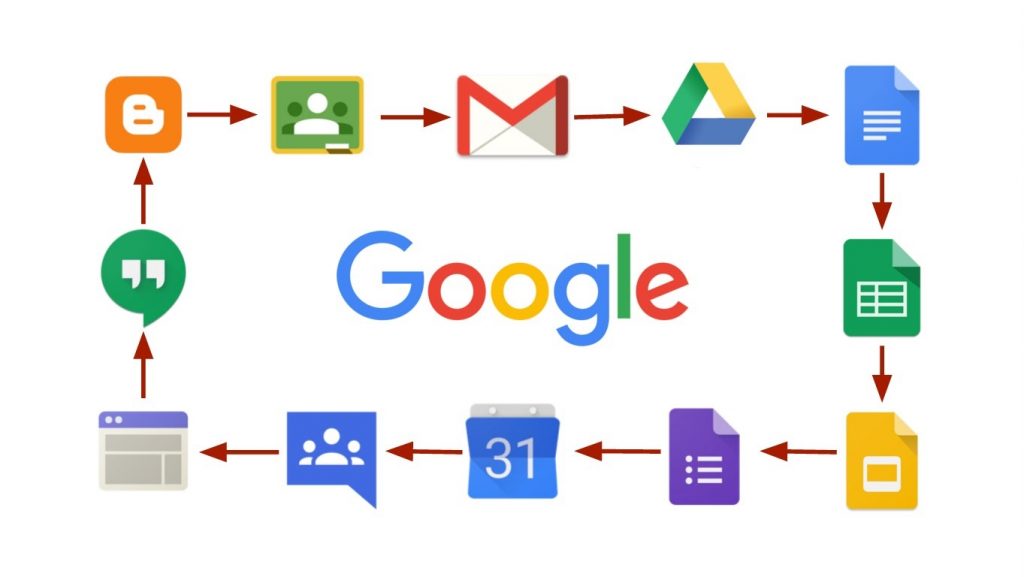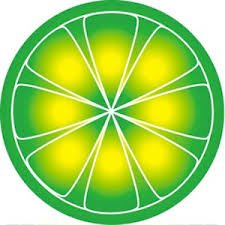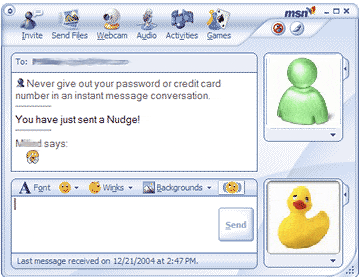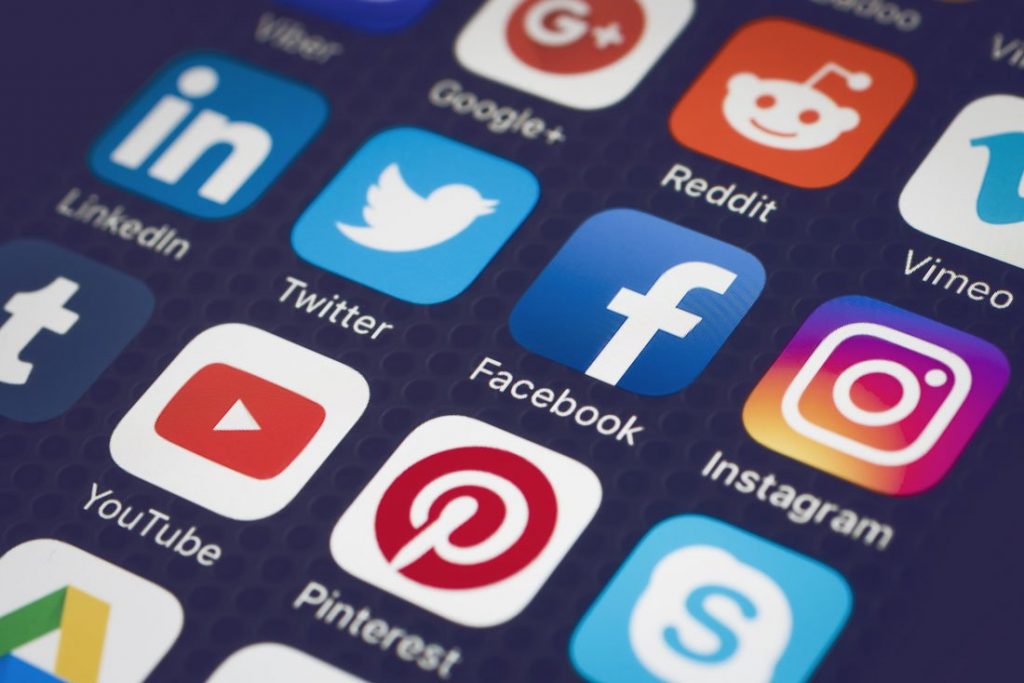Hello everyone and welcome back!
Circa 2005-2009
Yes, I was one of many individuals that grew up using MSN as the main way to connect with my friends and family online. This platform allowed me to update my status to my current boyfriend’s name with a heart beside it or share what I was listening to. Back then, it was considered “cool” to have the newest music and we did that by downloading songs illegally from Limewire. This platform completely ruined most people’s computers because of the extensive viruses included with the app. Although, I was not worried because I had the coolest and newest music on my MP3 player.
MSN allowed me to video chat, communicate, and play games online with my friends. This communication was likely interrupted by the dial-up internet because my mom or sister wanted to use the phone.
Although these platforms were great going through my teen years, I also used encyclopedias (these are large books, not online like now) and the Library to research for projects and papers. I will always remember the amount of time spent in class trying to find all the information needed to complete an assignment. As a teacher now, it would be painful to watch students try to complete projects doing things the way I had done them.

All of these things seemed so great back then. I had my first cellphone at 16, which was used to text and call only. It was the best because I could use my “minutes” to call my boyfriends if I needed to and I could text them all night. This technology allowed me to do what I needed to. I am thankful for these experiences because it has allowed me to understand technology in a way that today’s youth may not.
Kickin’ it New School
As I emerged into university, I was introduced to technology such as my first Blackberry phone. This device allowed Blackberry users to communicate through Blackberry Messenger (BBM) and use it much like MSN. The world then brought iPhones into the mix and, again, we had another way to communicate that was more efficient than the previous, through iMessage.
Google then decided to create a platform for online documenting which included Google Drive, Google Docs, Google Sheets, and Google Slides. This took research to a new level for me as a student. These allowed my peers and I to create documents together for group projects, Google Slides allowed me to create powerpoints online, and Google Drive allowed me to save my documents in a place that could be accessed from any device.

Other than Google platforms, the internet bulked up with resources and Google search content. This took away physical copies of books. For example, the physical encyclopedias I had used, were now available online and searchable. For me, it created a situation that promoted efficiency and effectiveness of projects and assignments.
Application in Today’s Classrooms
The way students are using technology today is so much more than what we used it for. They are using YouTube, Tik Tok, Snapchat, Instagram, Facebook, Tumblr, and many more. All of these platforms create a digital footprint and are much larger than students understand. This could definitely lead to some unwanted attention placed on students in my classroom. I think it also creates more spaces for other students to cyberbully or be inappropriate.
Although there are a lot of potential issues surrounding the platforms your students use, there are also a ton of uses for the technology. For example, they could use their platforms to participate in promoting strong cultural topics like body image, First Nations, Anti-bullying, LGBTQ+, etc. They can also use it to network as we do for this EDTC 300 course. We do this through Twitter and there are certainly many applications to classroom content through the use of Twitter.
The way that we balance these pros and cons is to educate students on safe usage of these apps and platforms. As I have mentioned, I am a secondary school teacher and it is a bit more difficult to educate the students. Some may have a can-do attitude and look at options to improve their use of the apps/platforms; however, some students will have a “i’ve heard this before” type fo attitude which makes it difficult. These students will not need to be coaxed into change. These students need extra information and research to back your teachings. Like other situations in the classroom, it is important that not all audiences will respond positively to your teaching strategy. This is not a one-size-fits-all type of learning. Know your audience and have the conversations.
In a resource from this week’s prompt post, Michael Wesch shared a video about YouTube. He stated, “the internet creates a sense of community, which allows us to connect to each other better than before.” This is true, there are many ways we can connect with others and it is more efficient than it ever was for those who grew up during the boom of technology. However, he was correct in saying, “we need to rethink identity, ethics, privacy, and ourselves.” It is important that students know that they are linking themselves to others by using media and how important these links are in communicating with one another. This is a level of deep thinking that I believe is so important when it comes to technological literacy.
“The internet creates a sense of community, which allows us to connect to each other better than before.”
Michael wesch
To drive home the importance of the use of technology, we watched the Sextortion of Amanda Todd. In the video, the release information about how Amanda Todd was bullied to the point that she felt she had to take her life. This type of video would create a sense of empathy in students which, I feel, could create some deeper thinking when it comes to how the internet is used. Although it would be amazing if this created change, it is sometimes not taken seriously by everyone. This is why it is so important that teachers are using their time wisely in order for them to teach about digital footprints, responsibility on the internet to instill a sense of care for others’ wellbeing but also to understand that networking can be positive as well.
To conclude, it is important to start teaching these types of skills early on to educate the students to make better decisions on the internet and to use it for its purposes and to find more ways to benefit themselves as they emerge into the world on their own. I have personally taught this content during research-based projects so that they are able to understand the steps to knowing whether a source is credible or not.
If you need some resources on cyber-bullying, please see the Pink Shirt Day website.





